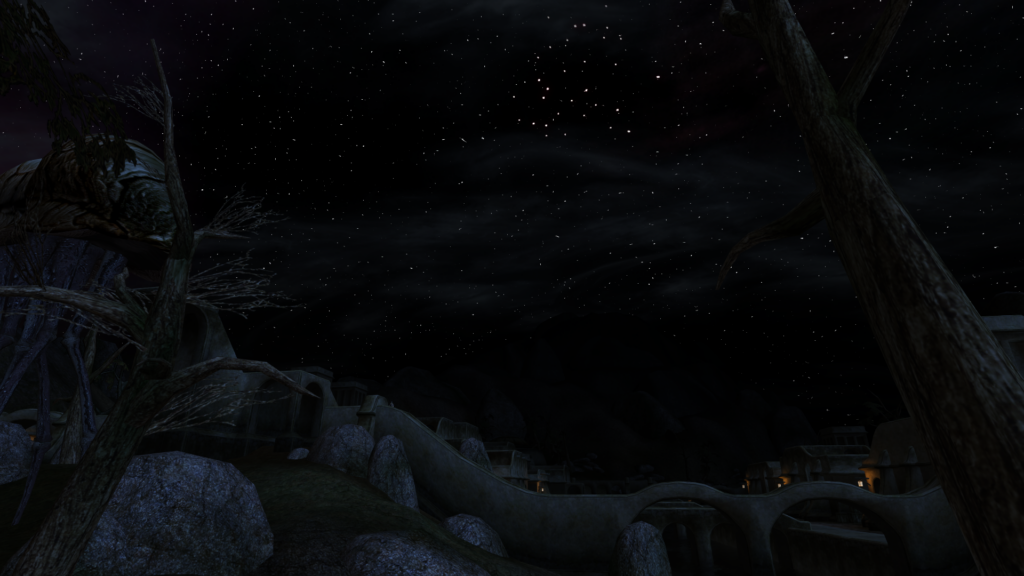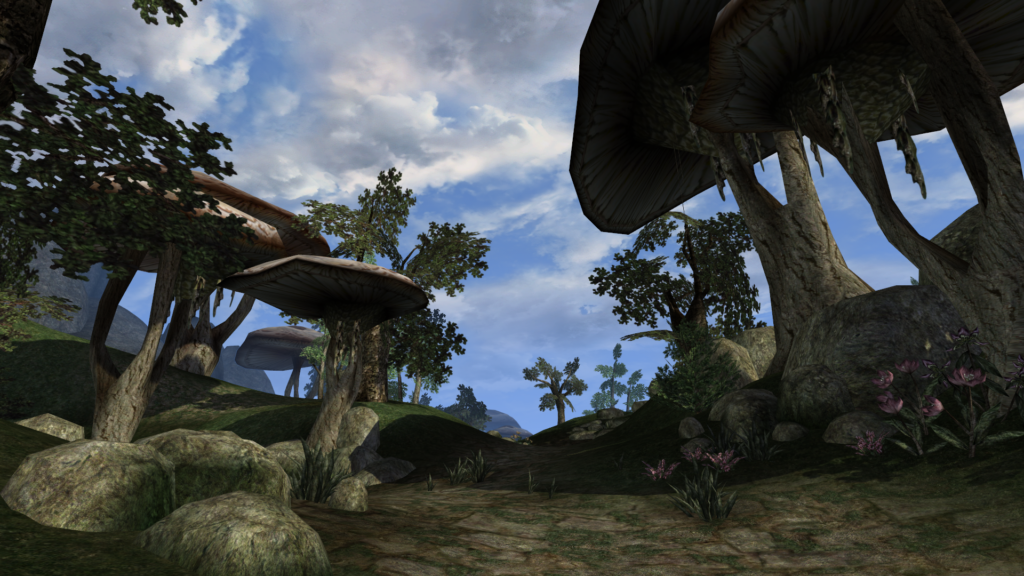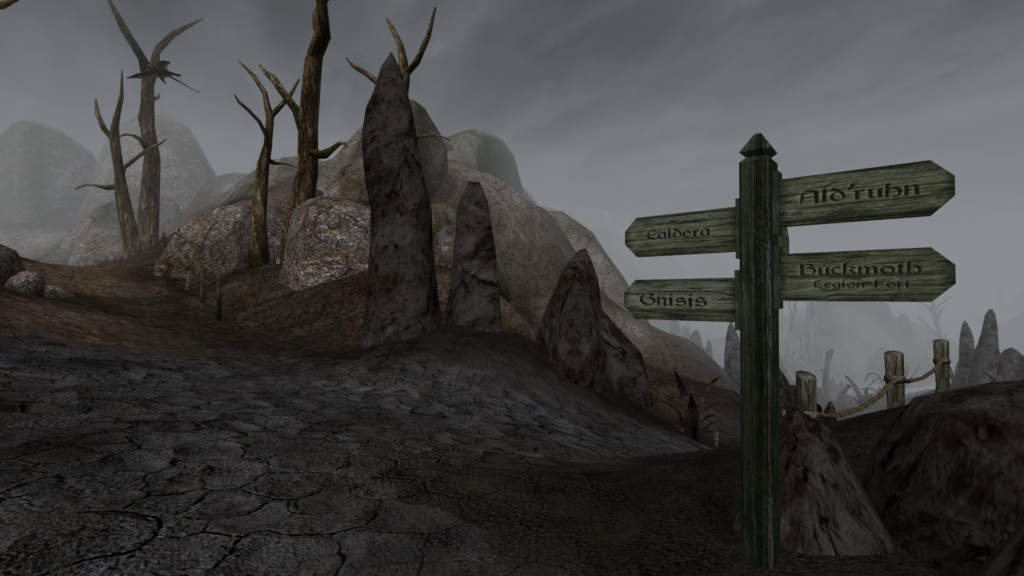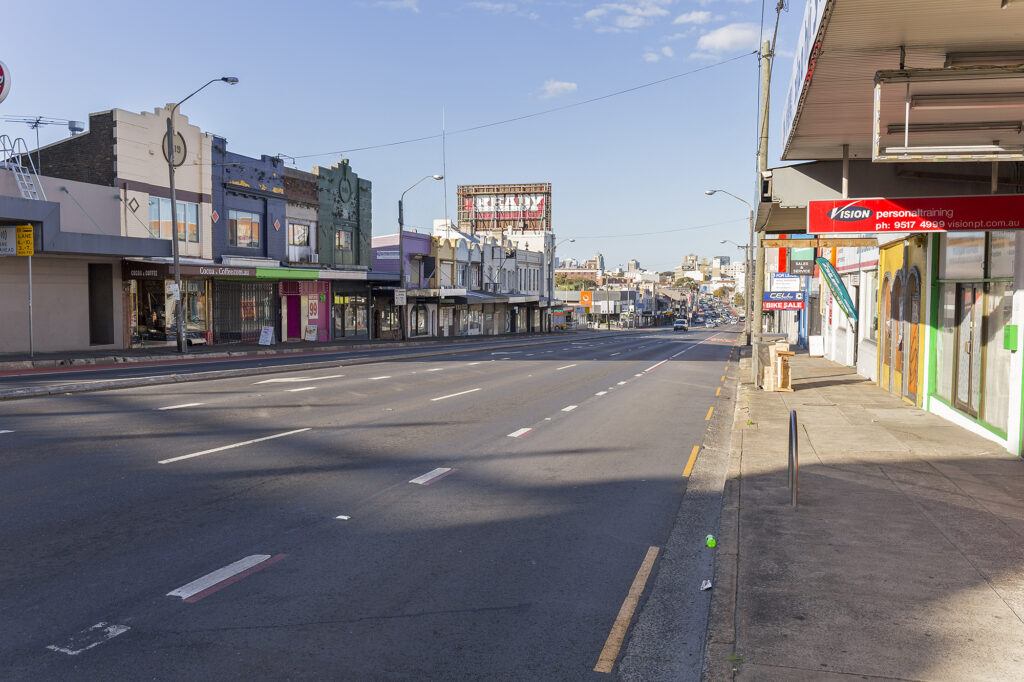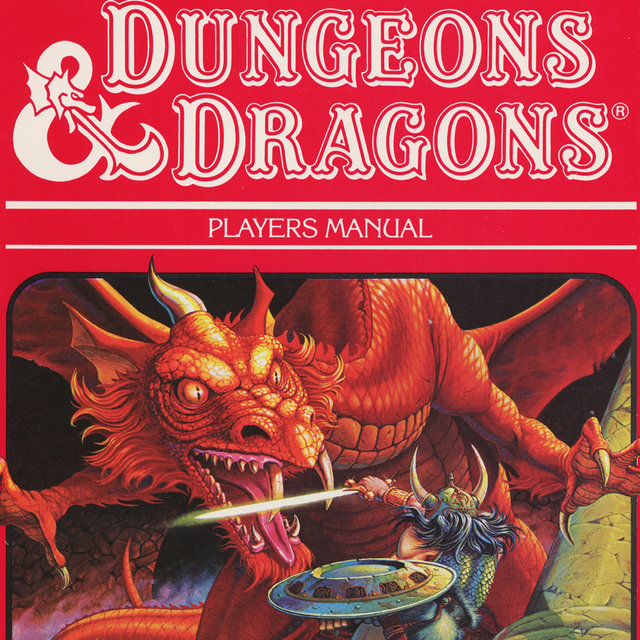“Chaos and despair spread throughout the Kingdom of Isilmerald. Its desperate people cry out, praying to the gods for help. But the force they face is no mere plague of the undead, or demonic attack… Something far more sinister, far more primal is afoot. Avarice!
Law and order quickly collapses as everyday citizens turn outlaw, attacking anyone unfortunate to cross their path…all for a few more gold coins. From high-born to low, greed spreads. Infecting the land like some divinely inspired disease, intent on purging the world of men. And it comes for you next!
Will you yield to the dark tendrils of desire coiling around your heart? Become an agent of greed and usher the kingdom into chaos. Or rebuke its seductive advances? Vow to discover the truth of the madness and restore the kingdom to its rightful glory? The choice is yours.”
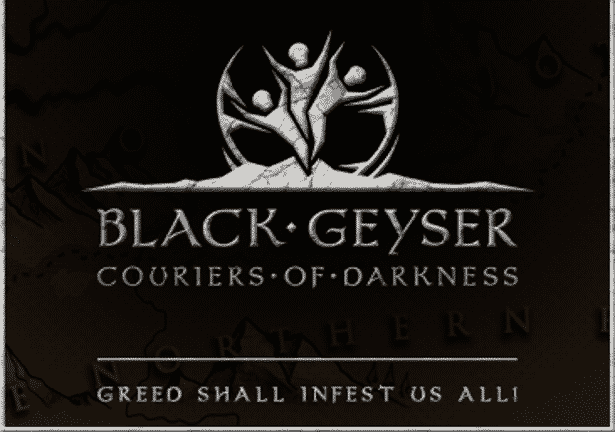
Welcome to Black Geyser: Couriers of Darkness, which takes players on a journey through the fantasy world of Yerengal.
A Kickstarter-funded single-player game developed by Austrian and Hungarian videogame developer GrapeOcean Technologies, the isometric cRPG takes more than a few cues from the Black Isle and Bioware games that inspired it – including the title, which has the same initials as Baldur’s Gate. No doubt intentionally.
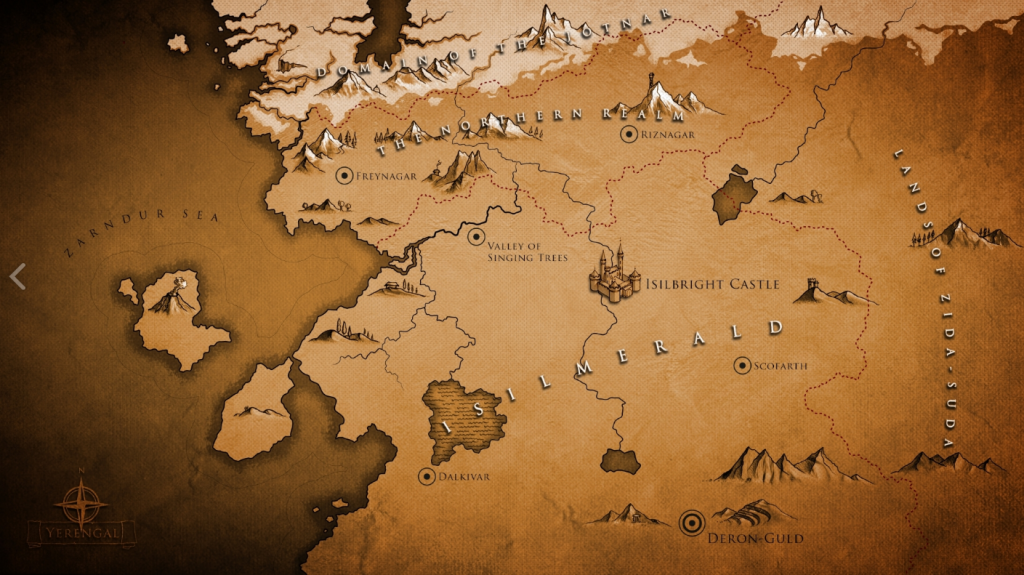
Featuring real-time with pause mechanics, an isometric camera angle, an original rules system, and a mix of conventional and original high fantasy races and factions, the game has been in development since early 2018 and is expected to be released to PCs, Linux, and MacOS operating systems on both Steam and GOG.
Having clearly taken a few cues from more recent isometric cRPGs such as Pillars of Eternity and Divinity: Original Sin II, the interface will no doubt seem a bit familiar to players of those games – which is arguably for the best, as both titles built took the ideas established by Bioware and Black Isle and enhanced them, by including features such as a party war chest and crafting skills and options. It’s not surprising then, that Black Geyser would do much the same.

Despite having been publicly backed by prominent industry figures such as Obsidian Entertainment CEO Feargus Urquhart and InXile CEO Brian Fargo, the game has maintained a strangely low profile the last few years. Despite having a dedicated website and a semi-active presence across their Facebook, Youtube, and Kickstarter pages, there’s been very little active marketing for the game–which is unusual, given GrapeOcean’s intention of releasing the game some time in 2021.
Hopefully this relative silence will change as the game approaches completionm, as this game deserves the biggest audience possible.
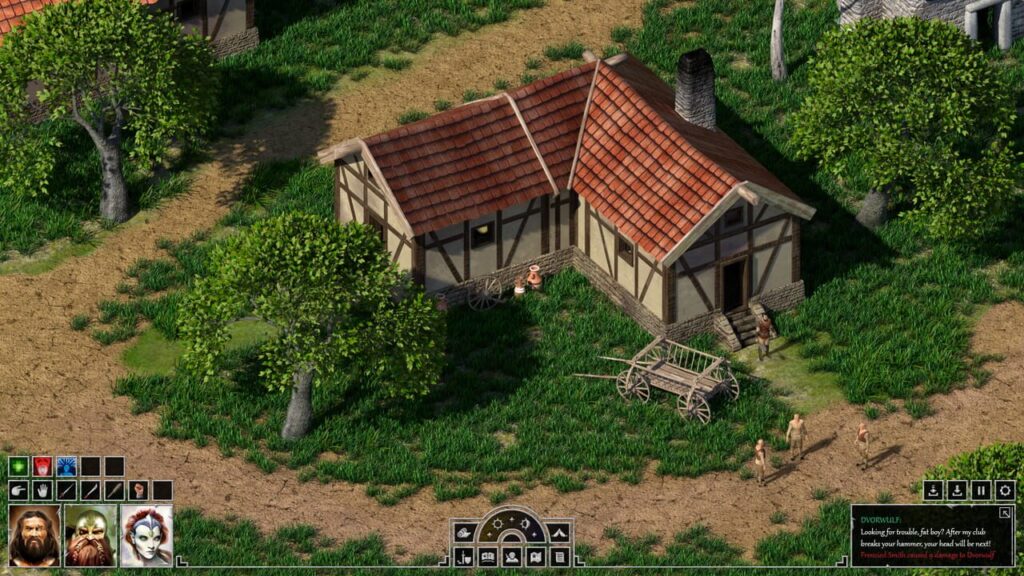
At present, beta demos have been issued to backers of the project, and the company itself has released several free-to-watch demo previews on their Youtube channel (see below). They’ve even released some music that will be heard in the final game.
Black Geyser: Couriers of Darkness is scheduled for release in 2021.

